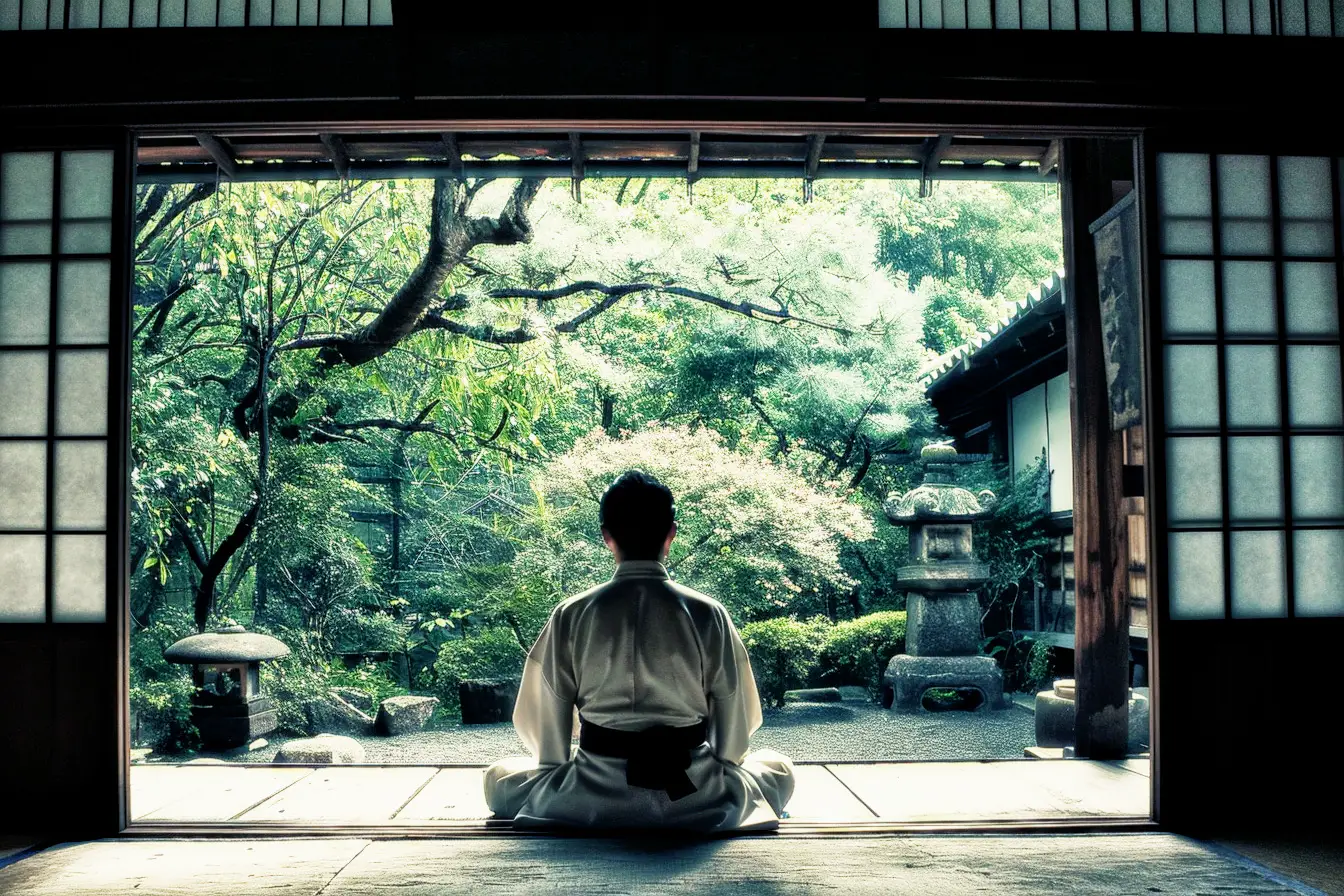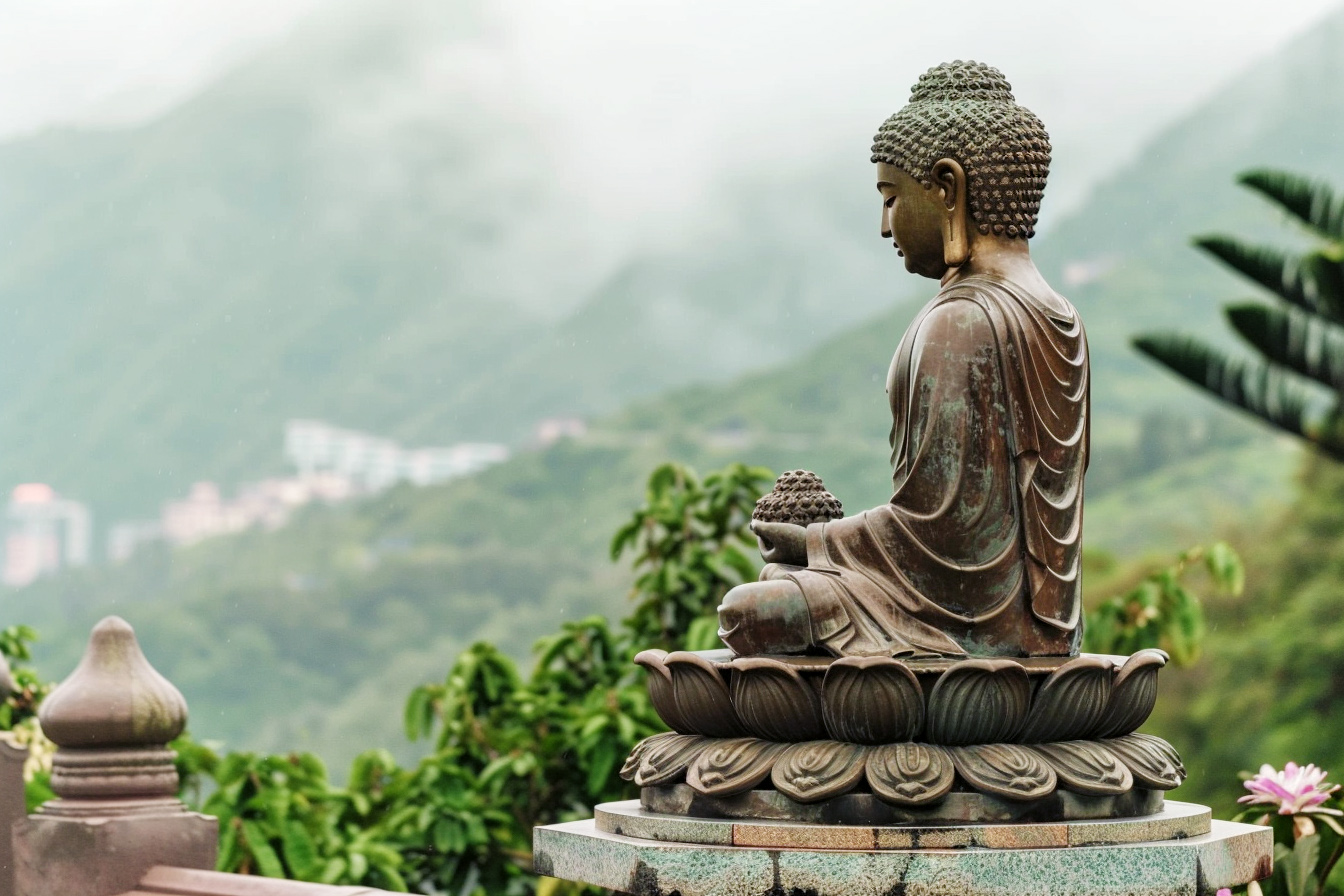Embracing new habits can seem daunting, but what if there were little changes you could make that would yield significant improvements in your overall well-being? Japanese culture offers wisdom on beneficial ways of thinking and living that we can all learn from. By implementing just a few of these ten straightforward Japanese habits, you may find yourself healthier, happier, and more purposeful.
1. Finding Ikigai – Your Reason for Being
The Japanese concept of ikigai beautifully encompasses living with joy, meaning, and purpose. Finding your ikigai is a highly personal journey of self-reflection on what makes you come alive. It arises from the intersection of what you love, what the world needs, what you can get paid for, and what you’re good at. Understanding these core elements provides a guiding light for significant life decisions.
For example, if you’ve always loved painting, consider how you could contribute art to your community or even monetize your passion through selling commissioned work. Leaning into ikigai is associated with a prolonged lifespan, self-actualization, and satisfaction.
2. Appreciating Wabi-Sabi – Finding Beauty in Imperfection
The essence of wabi-sabi is appreciating simplicity and accepting imperfection. Whereas Western culture idealizes the shiny and new, wabi-sabi finds comfort and inspiration in old items, irregular shapes, or displays of authenticity. Applying wabi-sabi means embracing your perfectly imperfect self, too.
See your stretch marks from growth, gray hairs from wisdom, or voice cracks from overuse as beautiful reflections of a life fully lived. Nature thrives on diversity, not conformity. Celebrate yours by proudly rejecting unrealistic standards that proclaim flaws unacceptably.
3. Striving for Kaizen – Continuous Improvement
Kaizen is the Japanese practice of continuous improvement applied to all areas of life. Instead of dramatic overhauls, kaizen focuses on steady, incremental progress through humble openness to change. Maintain perspective by comparing yourself to your past self rather than others. Then, identify one tiny step you could take today to become 1% better.
For example, read for 15 minutes to improve focus, do one more push-up to build strength, or send an appreciative text to boost relationships. Small gains compound over time to drive progress. The joy comes not from perfection but from purposeful progression.
4. Exceeding Expectations with Omotenashi – Hospitality
Omotenashi is the spirit of selfless hospitality in Japanese culture – anticipating and fulfilling needs so seamlessly that it surprises and delights. Apply omotenashi to your relationships by focused listening, empathy for difficulties, and reliable follow-through on favors. These considerations will deepen bonds.
Professionally, view omotenashi as an opportunity to deliver value beyond job requirements – proactively address issues for a struggling coworker even if not asked. Customers whose needs were unexpectedly met are the most loyal. They will think of you when opportunities arise to collaborate or provide referrals.
5. Relaxing Through Shinrin-Yoku – Forest Bathing
Originating in Japan, forest bathing or “shinrin-yoku” has become a cornerstone of preventative health worldwide. It requires nothing more than immersing yourself in nature – deep breathing of phytoncide released from trees and mindfully using all five senses to observe your lush surroundings. Just 20 minutes in natural habitats lowered blood pressure, heart rate, cortisol and boosted immunity.
Build a stronger mind-body connection with this simple, free, accessible antidote to burnout. Let the synchronization of wildlife sounds smooth your brain waves into a meditative state that relieves stress. Shinrin-yoku will restore your equilibrium.
6. Kintsugi – Embracing Damage as Design
The art of kintsugi teaches that broken objects can surpass their original beauty when repaired with care and understanding. Fractures are filled with lacquer dusted with powdered gold, illuminating unique damage in the object’s history. Apply this metaphor to relationships – conflicts will arise, but resentment will poison connection.
Heal hurts through open communication and mutual forgiveness, then celebrate strengthened bonds. Or, on an individual level, know that you cannot erase hardships endured but can control your perspective moving forward. Your suffering has served a purpose to shape you. Honor scars as symbols of courageous rebuilding.
7. Ikebana – Mindfulness Through Flowers
The Japanese art of ikebana flower arranging cultivates presence by mindfully observing nature’s blessings – vibrant colors, graceful lines, and pleasing aromas. Applying principles of minimalism, negative space, and asymmetrical balance allows unique expression. The goal is not lavish displays but elegant shapes and forms in simplicity.
This contemplative ritual oxygenates busy minds by anchoring awareness to the vase. Appreciate the transient beauty of organic materials appreciated fully before their temporary demise. Ikebana inspires the mindfulness that stress-relief research proves our brains desperately need. Mastering presence multiplies joy.
8. Chado – The Way of Tea Mindfulness
“Chado,” or “the way of tea,” is a Japanese art form celebrated for centuries, focused on preparing and presenting green tea with harmony between host and guests. More meaningfully, it compels the transcending ego to serve others before oneself humbly. Mindfully cleanse utensils, gently whisk powdered tea, then pass a bowl with gratitude.
The warmth and enjoyment created by these gestures cannot be quantified as Chado connects us to the heritage of honored traditions. The active focus required freedom from surrounding worries to fully savor prepared matcha that would be considered bitter or grassy otherwise. Slow down and smell the tea leaves.
9. Washoku – Japanese Food Guide
Washoku refers to traditional dietary norms focused on nourishing the mind, body, and spirit in harmony. Appreciated flavors, pleasing presentation, and seasonal ingredients receive equal attention. Fundamentals include sea and plant-based proteins, fermented dishes for gut health, umami to magnify savoriness, and most minor rice portions worldwide.
Despite refined white rice as the foundation, meals are low-glycemic and anti-inflammatory from copious veggies. Adopt washoku through cooking methods that enhance natural essences over heavy sauces or oils. Your taste buds will tingle with heightened sensations, and your cardiologist may need to find a new specialty!
10. Reducing Waste Through ‘Mottainai’
Mottainai is a Japanese term conveying regret when something valuable is wasted. You manifest this cultural value by considering acquaintances who lack comforts you take for granted and then minimizing household excess. Mottainai leads to creative repurposing – tattered clothing refashioned as quilts or food scraps generating compost.
Teach children early that discarded toys spark joy for others and promote sustainability—scale mindfulness by evaluating if possessions improve quality of life before mindless accumulation. See yourself as a steward of environmental resources passed to future generations rather than owning expendable luxuries. Live lightly.
Key Takeaways
- Implementing Japanese habits leads to improved well-being through:
- Discovering your ikigai life purpose
- Embracing wabi-sabi imperfections
- Striving for progress via kaizen
- Deepening bonds with Omotenashi hospitality
- Relaxing through shinrin-yoku forest bathing
- Repairing fractures via kintsugi gold
- Practicing mindfulness with ikebana flower arranging
- Slowing down over chado tea rituals
- Following nutritious washoku guidelines
- Reducing waste through mottainai
Case Study: Hayao Implements Japanese Habits
Overworked Tokyo salaryman Hayao Sato medicated stress-induced health issues and numbingly drank with colleagues. When his beloved grandmother Kiko died, he promised to live more purposefully per her modeling of generosity, joy, and cherishing the simplest pleasures.
Hayao began waking earlier to reflect, take mindful walks, improve nutrition, reduce processed foods, and volunteer to teach local youth. He set tiny attainable goals, helping career and family life gradually bloom. Months later, Hayao felt regulated with lowered anxiety and energy levels not known since childhood. He rediscovered his purpose of providing for the family without sacrificing his presence.
When Kiko’s cherry tree bloomed after her death, Hayao was overwhelmed with bittersweet gratitude for her timeless wisdom – that raw beauty blooms by slowing down enough to notice. He resolved to pay her gifts forward so more lives would flower abundantly.
Conclusion: Small Habit Changes, Big Life Transformation
While the habits may seem disconnected at first glance, they combine lifestyle essentials for realizing our human potential. Finding your ikigai purpose gives direction to kaizen’s continuous improvement goals. Omotenashi hospitality is enacted through chado tea rituals. Shinrin-yoku forest bathing relieves the stress that clarity of purpose may reveal. We are honoring scars with kintsugi repairs for past damage so we can mindfulnessfully arrange ikebana flowers. It comes full circle.
If you still doubt such small steps could transform the landscape of your life, consider the powdered green matcha that forms the heart of the Japanese tea ceremony. Individually, each grain seems inconsequential, but united, they create an elixir of courage, compassion, and ritual that has connected generations for centuries. You, too, have everything needed within to brew alchemical magic.
Start small, but prepare to be astonished at the personal growth you realize. Like bonsai trees sculpted to maturity over patient decades, deliberately nurture the habits that most resonate until they have woven rich root systems stabilizing your foundation. Growth then arises organically, not from strained striving but from aligned efforts. Soon, friends may marvel at the blossoming of your unique beauty and ask what fertile secret you are cultivating. Just smile knowingly and pour another cup of tea.












Leave a Reply